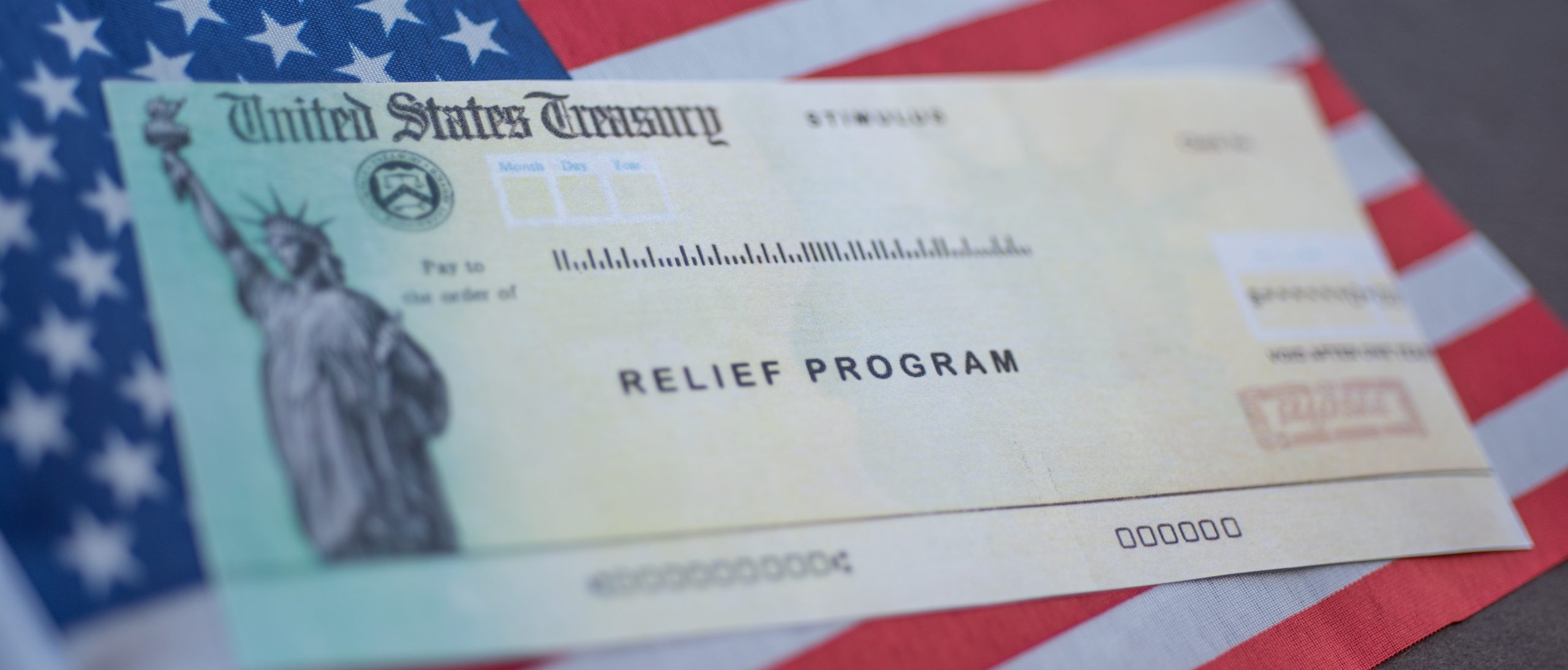As of this summer a lot of COVID-19 protections ended. When the federal moratorium officially closed, it lended the question of a fourth stimulus payment and who may qualify to receive it.
The IRS has issued more than 169 million payments in the third round of direct stimulus aid, with more than 2 million people in July receiving the $1,400 checks. But some lawmakers are pushing for a fourth round of stimulus aid that would effectively send recurring payments until the pandemic ends.
Due to the spread of the delta variant, millions of Americans still remain in financial distress despite the financial assistance throughout the last year. Almost one-quarter of Americans are struggling to pay basic expenses to keep the lights on and food on the table. As much as there is a clear need for financial assistance the likelihood of a fourth stimulus payment is unlikely.
Financial Aid Programs Available
Despite a nationwide stimulus payment be issues is becoming more and more unlikely, there are states offering help to their residents. The states with current programs to aid those struggling due to the pandemic are California, Florida, New Mexico, Tennessee and Texas.
About two-thirds of California residents are likely to qualify for a Golden State Stimulus check via a new effort from Governor Gavin Newsom. That effort will provide $600 for low- and middle-income residents who have filed their 2020 tax returns.
Florida, Tennessee and parts of Texas have authorized bonuses for teachers to help offset the impact of the pandemic. Additionally, the Florida’s Heroes Initiative will provide stimulus payments of $1,000 to paramedics, EMTs, firefighters, teachers, principals, and officers to thank the hero’s on the front lines during the height of the pandemic.
New Mexico is issuing a stimulus payment of $750 to qualified low-income families. The state has issued $5 million to a budget to aid these individuals.
The federal government has programs in place prior to the pandemic to assist families and individuals alike during hardship. A few of those programs include.
- Temporary Assistance for Needy Families (TANF)
- Supplemental Nutrition Assistance Program (SNAP)
- Children’s Health Insurance Plan (CHIP)
CHIP is an insurance program that provides low-cost health coverage to children in families that earn too much money to qualify for Medicaid but not enough to buy private insurance. In some states, CHIP covers pregnant women.
Child Tax Credit
The IRS deposited another form of stimulus aid to qualified families on July 15th. The first round of six monthly payments were deposited into the bank account of parents who qualify for the Child Tax Credit (CTC). The average family received $423 and eligible families can receive up to $1800 in cash support through the end of the year. This is a part of President Joe Biden’s American Rescue Plan. If the plan moves forward this assistance has the potential to be available through 2025.
Don’t Hold Your Breath
The Biden administration has a lot of work ahead of them to close out the year, one of the main focuses being infrastructure, one including tax hikes and another to raise the debt ceiling. Economic rebound is facing challenges as the delta variant surges and unemployment benefits expire. In order to put your best foot forward, look into other federally funded programs and save as much as possible while the nation faces looming economic hardship.



